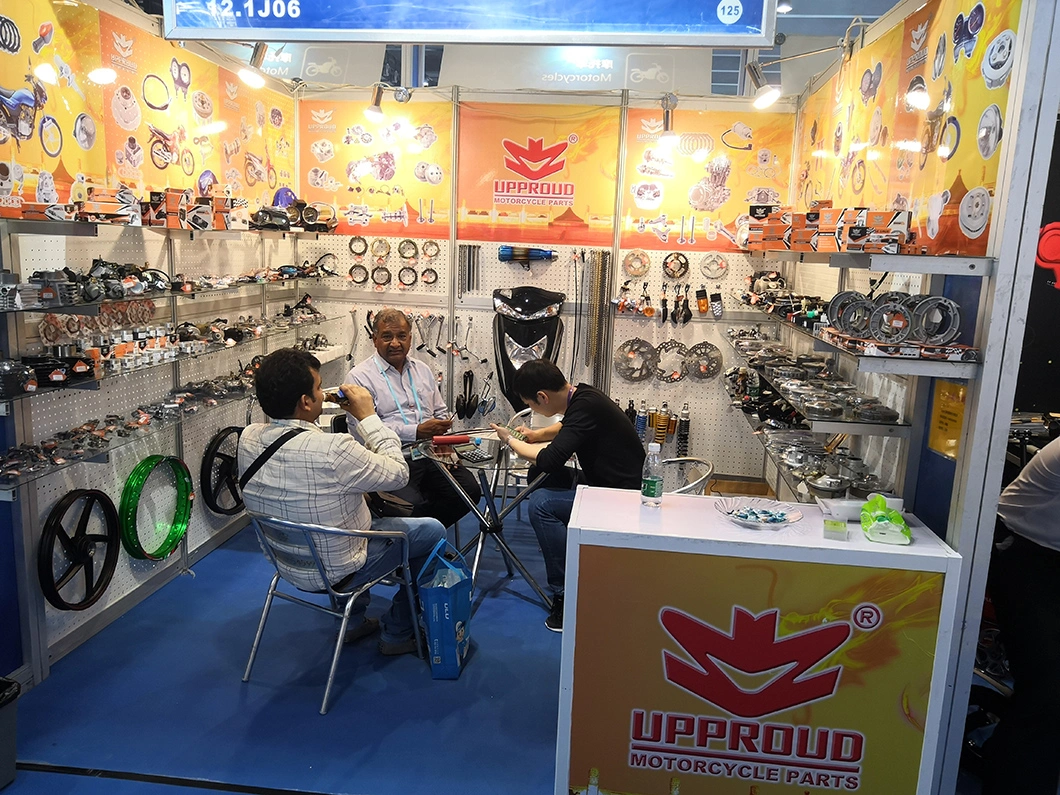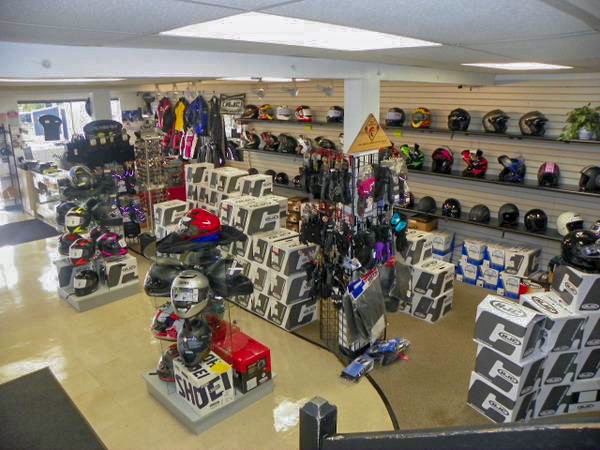Go To Our Motorcycle Shop for Professional Suggestions and Top Quality Products
Go To Our Motorcycle Shop for Professional Suggestions and Top Quality Products
Blog Article
Grasping Motorbike Gears: Exactly How to Maximize Your Riding Experience
In the world of motorcycling, mastering the art of gear manipulation is crucial for improving your riding performance. Correctly using and comprehending motorcycle gears can dramatically impact acceleration, control, and fuel performance, changing an average ride into a seamless, electrifying journey.
Comprehending Gear Mechanics
At the core of bike dynamics, gear auto mechanics play a crucial role in converting engine power into motion, inevitably dictating speed and control. The gear ratios, thoroughly developed, establish the relationship in between engine transformations and wheel turns, influencing velocity and fuel effectiveness.
Recognizing equipment technicians starts with acknowledging the value of the transmission, which houses several gears of differing dimensions. These gears engage with a procedure called meshing, where teeth of different equipments engage to transmit power. The precision of this interaction is vital; any kind of imbalance or damages can bring about inefficient power transfer, preventing efficiency. Additionally, the setup and dimension of equipments influence the motorbike's capability to manage various loads and rates.
Moreover, the concept of equipment shifting is important to taking full advantage of efficiency. Timely and smooth changes ensure that the engine runs within its optimum power band, avoiding unneeded pressure and improving longevity (mx gear nz). By comprehending these mechanical intricacies, cyclists can achieve an unified blend of efficiency, control, and power, elevating their riding experience
Timing Your Changes
Change timing proficiency is essential for maximizing motorbike performance and enhancing the riding experience. Properly timed changes make certain that the engine operates within its optimum power band, which is vital for maintaining control, accomplishing smooth acceleration, and guaranteeing the longevity of the motorbike. Riders have to create an instinctive sense of when to change gears, which includes recognizing the relationship in between engine changes per minute (RPM) and rate.
To master shift timing, pay attention to the engine's audio and feel, as these offer crucial ideas about when to alter gears. The suitable shift factor usually takes place when the engine approaches the upper variety of its power band without reaching the redline. Shifting prematurely can result in an absence of power, while moving too late may create unneeded engine stress
Furthermore, roadway conditions and riding design influence shift timing. In metropolitan settings, smoother and extra constant shifts might be essential to navigate traffic successfully. On the other hand, throughout highway riding, fewer changes at greater rates can be better. Practicing in varied settings will boost your capacity to time shifts exactly, inevitably boosting your riding experience to a specialist degree.
Enhancing Fuel Performance
While understanding motorbike equipments is critical for performance, enhancing fuel efficiency is similarly vital for both environmental and economic factors. Optimum fuel intake not just lowers operational expenses however additionally reduces the environmental impact of riding. To accomplish this, one need to understand the intricate partnership between gear choice and engine efficiency.
Riding in a higher gear at reduced speeds can lead to engine lugging, which is detrimental to both fuel economic climate and engine health and wellness. On the other hand, riding in lower gears at high speeds results in unneeded gas consumption.
In addition, normal maintenance plays a critical function in fuel performance. Making certain that the motorcycle is well-tuned, with tidy air filters and correctly pumped up tires, can reduce and boost aerodynamics fuel wastage. In addition, adopting a riding style that embraces progressive acceleration and smooth slowdown can add to much better fuel economic situation.

Strategies for Smooth Transitions
Attaining smooth equipment transitions is look what i found essential to enhancing the riding experience and making sure the long life of a motorbike's this article transmission system. Appropriate equipment moving not just contributes to a seamless trip but also reduces deterioration on the mechanical components. To grasp the art of smooth transitions, cyclists must focus on a few crucial methods.

Second of all, clutch control plays a critical function. Engaging and disengaging the clutch smoothly requires technique. The clutch bar should be released progressively, enabling for a seamless transfer of power from the engine to the wheels without triggering a shock or abrupt activity.
Adapting to Roadway Problems
Browsing varied roadway problems is a vital ability for any type of motorcyclist intending to maintain control and security. Whether you're riding on damp surface areas, gravel roads, or browsing sharp turns, your ability to adapt your equipment usage and riding technique Read Full Report is critical. Recognizing exactly how to readjust your gears properly can significantly influence grip and security, ensuring a more secure trip.
On wet roadways, it is suggested to keep greater equipments to minimize torque and lessen wheel spin. This technique helps preserve hold on unsafe surfaces, permitting for smoother velocity and deceleration. In contrast, when riding on crushed rock or unequal surface, lower equipments are more suitable. Lower gears supply far better control and enable you to respond even more quickly to unforeseen changes in the roadway surface.
Sharp curves demand specific gear administration to balance rate and control. Downshifting prior to getting in a curve can help keep momentum while making sure the motorcycle stays stable throughout the turn. Regular technique in varied problems boosts your ability to react and predict to modifications in roadway texture and incline.
Conclusion
Grasping bike equipments substantially boosts the riding experience by improving fuel, acceleration, and control performance. A complete understanding of gear technicians and accurate shift timing makes certain the engine runs within its optimal power band, while smooth changes via reliable clutch and throttle coordination increase convenience and performance. Adjusting gear selection to various road problems, such as making use of higher equipments on damp surface areas and lower equipments on gravel, additional enhances handling and safety. Ultimately, these abilities raise the total trip.
Understanding gear auto mechanics begins with identifying the significance of the gearbox, which houses multiple equipments of differing dimensions. These equipments communicate with a process known as meshing, where teeth of various equipments engage to send power (moto parts nz). Gentle modifications to the throttle during equipment changes can avoid jerky movements and keep a consistent riding pace
Whether you're riding on wet surface areas, crushed rock roadways, or navigating sharp turns, your capacity to adapt your gear use and riding strategy is paramount. Adjusting gear selection to various road conditions, such as making use of greater gears on wet surfaces and lower gears on crushed rock, further improves handling and safety.
Report this page